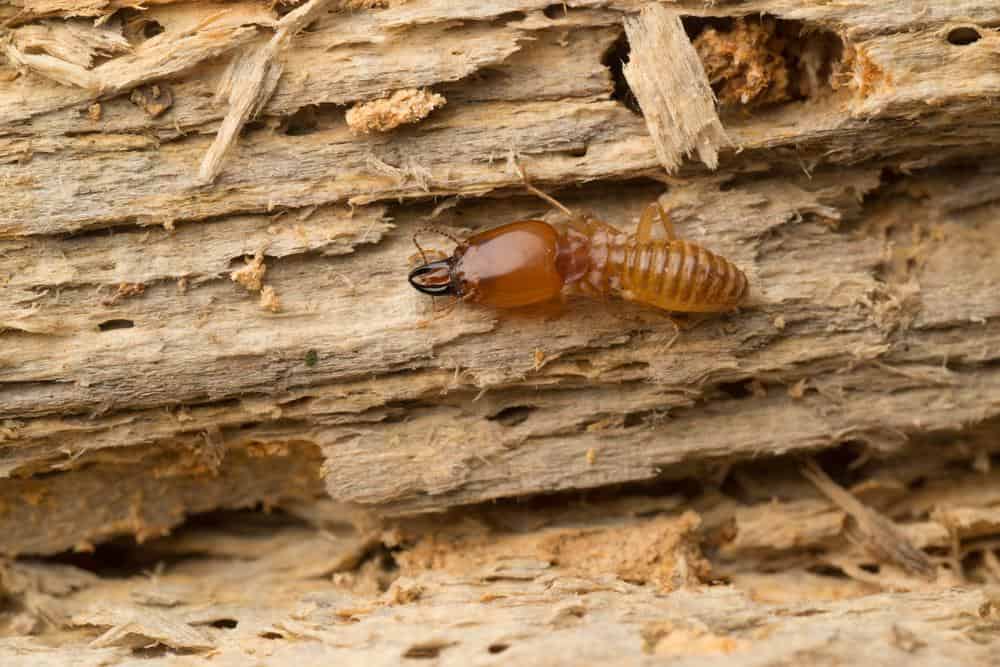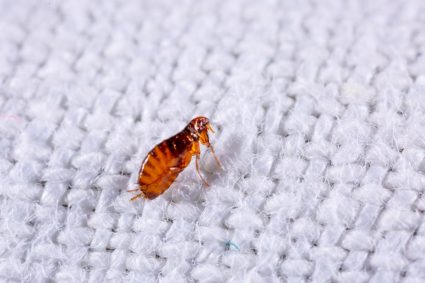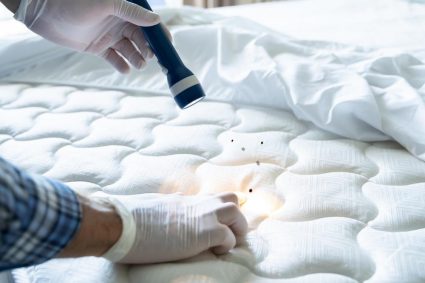
Termites, often known as the “silent destroyers,” pose a significant threat to homeowners. They feed on cellulose-based materials like wood, resulting in severe structural damage to homes. But how do these tiny creatures find their way into our homes? In this comprehensive guide, we will explore the various ways termites can invade your home, signs of an infestation, potential damages, and preventative measures.
Termites can get into your house through several methods including mud tubes, wood-to-ground contact, cracks and gaps in the foundation or walls, vents and roof eaves, and by bringing in termite-infested wood or furniture. Regular inspections and preventative measures like reducing soil-to-wood contact, removing excess moisture, sealing cracks, and storing firewood away from the house can help prevent infestations.
How Termites Enter Your Home
Termites can infiltrate your home through several methods:
Mud Tubes
Subterranean termites, the most destructive species, construct mud tubes to provide a moist, protected pathway from their colony in the soil to the wooden structures in your house.
Wood-To-Ground Contact
Termites can easily access your home through wood that is in direct contact with the ground, such as doorframes, deck posts, and porch steps.
Cracks and Gaps
Your home’s foundation, walls, and areas around doorways or windowsills could have tiny cracks and gaps. These serve as perfect entry points for termites.
Vents and Roof Eaves
Drywood termites, another common species, can enter through attic vents, beneath roof eaves, door frames, and window frames.
Infested Wood or Furniture
Bringing termite-infested furniture or objects into your home can also lead to an infestation.
Common Signs of a Termite Infestation
Detecting a termite infestation can be challenging as they often leave no visible signs until significant damage has been done. However, here are some common signs to look for:
- Discolored or drooping drywall
- Peeling paint that resembles water damage
- Wood that sounds hollow when tapped
- Buckling or blisters in wood flooring
- Swarmers (flying termites)
- Discarded termite wings
- Narrow, sunken winding lines or sunken areas in wallpaper, paint, or other surfaces
- Mud tubes (small holes in the wood that termites plug with mud)
- Structural problems such as sagging floors or roofs, or broken door frames
- Stuck windows or doors
- Damage under paint or wallpaper, such as small pinholes, bubbling paint, peeling or discolored wallpaper, or buckling
- Hollow or blistering wood
- Cracks in walls, baseboards, and laminate flooring
If you suspect a termite infestation, it’s crucial to have your property inspected by a trained professional to minimize damage and treat the infestation as soon as possible.
Types of Termites That Can Infest a House
Several types of termites can infest a house, including:
Subterranean Termites
Subterranean termites live in the soil and build large nests connected to food sources via mud tubes. They are responsible for the majority of termite damage in the United States.
Formosan Termites
Formosan termites, a particularly aggressive species of subterranean termites, are known for their large colonies and extensive damage potential.
Dampwood Termites
Dampwood termites prefer wood with high moisture content and are typically found in damp or decaying wood.
Drywood Termites
Drywood termites do not require contact with soil and live in wood, such as dead trees, structural timbers, or hardwood floors. They can cause significant damage to wooden structures.
Conehead Termites
Conehead termites, although not as common as other termite species, can also infest homes and cause damage to wooden structures.
Potential Damages Caused by Termites in Homes
Termites can cause significant damage to homes, resulting in costly repairs and potentially rendering the structure unlivable. These damages include:
- Structural damage: Termites can compromise the strength and safety of an infested structure by feeding on wood, including support beams, ceiling joists, posts, panels, and wall studs.
- Damage to walls: Termites can cause walls to become hollow and weaken as they feed on the internal structures.
- Damage to floors and ceilings: Termites can cause swelling and buckling of floors and ceilings.
- Damage to wooden furniture and cabinets: Termites can infest and feed on wooden furniture and cabinets within homes.
- Damage to foundation: Termites can cause long-lasting damage to the foundation of a home, which can lead to more severe structural issues.
- Damage to laminate flooring and other materials: Termites can traverse through plaster, metal siding, and other materials, causing damage to various parts of a home.
Preventing Termite Infestations
To prevent termite infestations, you can:
- Reduce soil-to-wood contact around your house.
- Remove excess moisture and fix any leaks in your home.
- Seal cracks and gaps in your home’s foundation and walls.
- Store firewood and wood debris away from your house.
- Have your home inspected annually by a trained termite professional.
By taking these preventative measures, you can reduce the risk of termites infesting your home and causing costly damage.
Remember, the best defense against termites is a good offense. Regular inspections, prompt treatment, and preventative measures can help keep your home termite-free.
Frequently Asked Questions
How long does it take for termites to cause significant damage?
The length of time it takes for termites to cause significant damage varies depending on the size of the termite colony and the type of wood they’re feeding on. However, it typically takes several years for serious structural damage to occur. Regular inspections can help catch termite activity early before significant damage is done.
Are there any specific seasons when termites are more active?
Termites are active year-round, but their activity is most noticeable during the spring and summer months, especially after a rainfall. This is when mature termite colonies produce “swarmers” – winged termites that leave the colony to start new ones.
Do all termites fly?
Not all termites fly. Only the reproductive members of the colony, known as ‘alates’ or ‘swarmers,’ have wings and fly. They typically emerge during the spring and summer to mate and establish new colonies.
What are the most effective treatments for termite infestations?
The most effective treatment for termite infestations will depend on the type of termite and the extent of the infestation. Common treatments include liquid soil-applied termiticides, termite baits, and building materials impregnated with termiticides. A pest control professional can provide the most effective treatment plan for your specific situation.
Can termites harm humans?
Termites do not pose a direct threat to human health as they do not bite or spread diseases. However, people who are allergic or asthmatic may experience reactions from termite saliva or droppings. The real danger of termites lies in the structural damage they can cause to homes and buildings.











